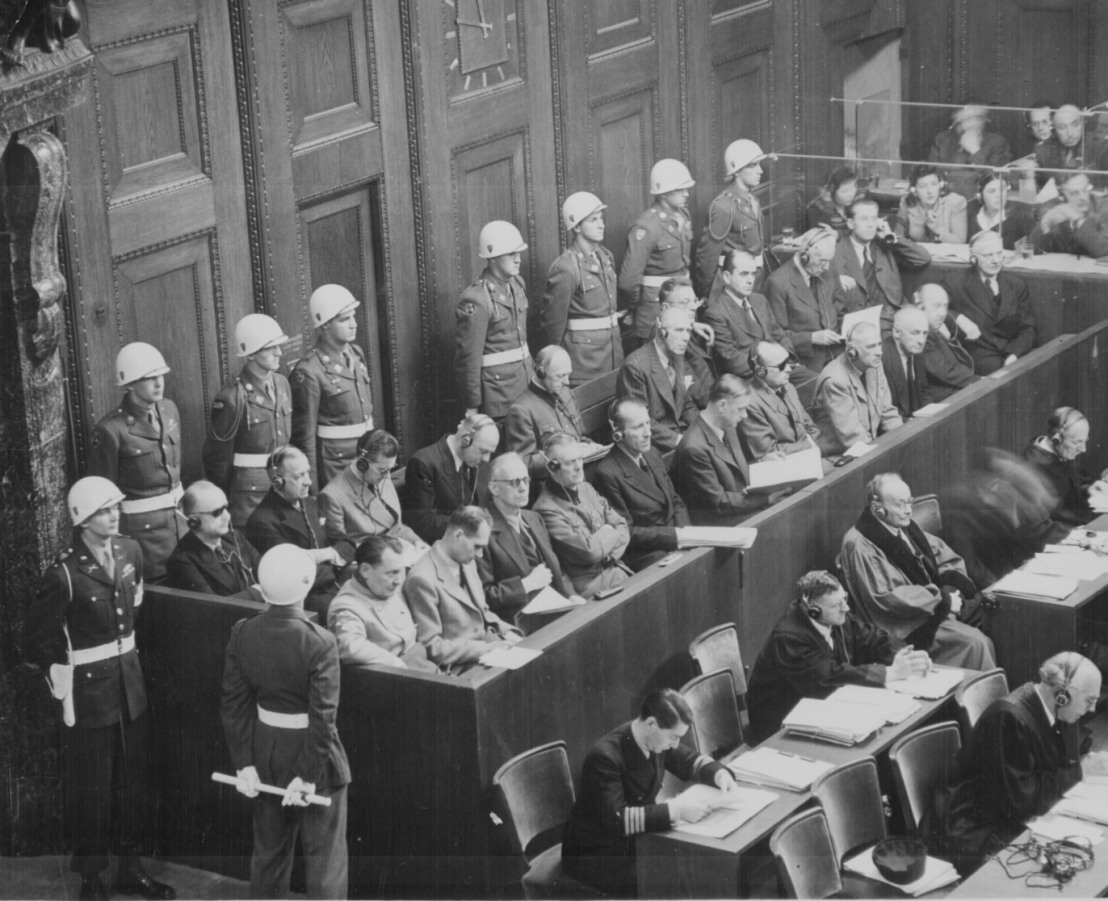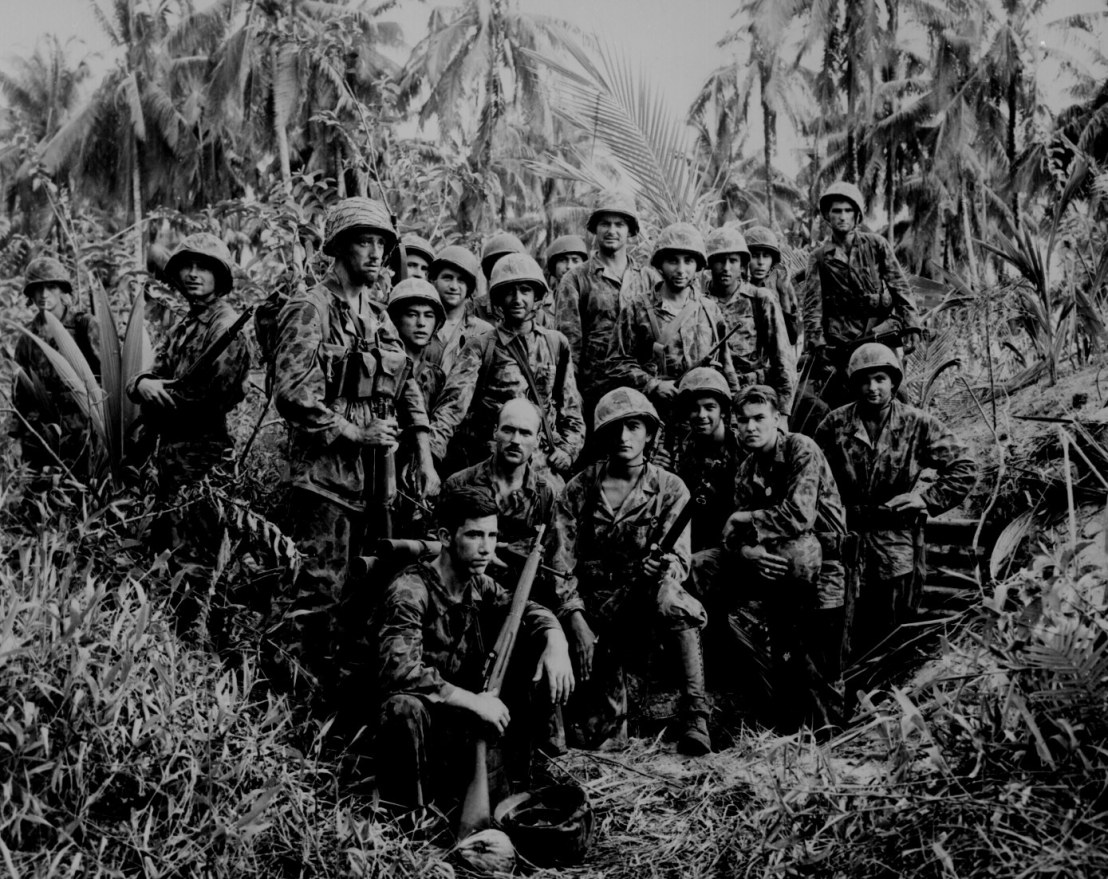
Defendants of the Nuremberg Trials
Photo Credit: Office of the U.S. Chief of Counsel for the Prosecution of Axis Criminality
Photo Source: https://catalog.archives.gov/id/540127
After the end of WWII there were some Nazi officials that went to trial over the injustices that took place during the Holocaust. The trails took place in 1945 and 1946 in Nuremberg, Germany. The allied powers presided over the hearings, and put 22 Major Nazi criminals on trial. There were 12 well known Nazis that were sentenced to death during the trials. Those that had a more direct hand in the kill had the harshest sentences. High level government official and Business owners that used concentration camp inmates as forced labor either had short prison sentences, or no sentencing was placed upon them. It is important to note that those put on trial admitted to their crimes. Though, they did try to justify their actions by stating they were simply following orders from their superiors. The 12 Nazis that were sentences to death were: Goering, Ribbentrop, Keitel, Kaltenbrunner, Rosenberg, Frank, Frick, Streicher, Sauckel, Jodl, SeyssInquart, and Bormann. Though, Goering would commit suicide in his cell right before his execution, and Bormann was missing. However, on October 16th, 1946 the 10 other Nazis were hanged, their bodies were cremated, and their ashes were put in the Iser River. The trails were a very important part of the end of WWII. It gave many of the Holocaust Survivors closure, though, it would never make up for the losses they endured.



You must be logged in to post a comment.